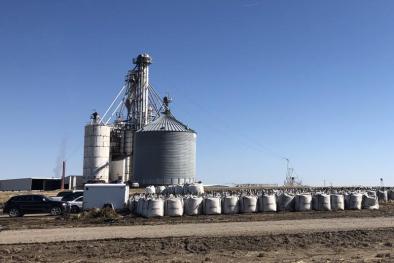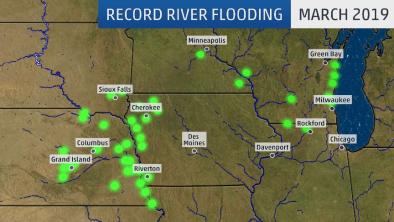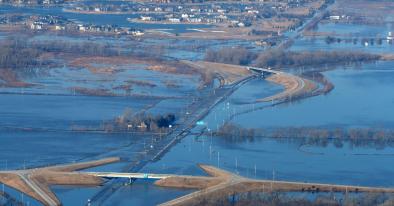Science Source
The Effect of Global Warming on Severe Thunderstorms in the United States
- Investigates how will warming temperatures influence thunderstorm severity
- Uses climate models to diagnose changes in large-scale convective instability (CAPE) and wind shear, conditions that are known to be conducive to the formation of severe thunderstorms
- Evaluates a set of models and chooses a set of four high-performing models
- Calculates the twenty-first-century changes in the frequency of environments favorable to severe thunderstorms in these high-performing models as they are forced by the RCP4.5 and RCP8.5 emissions pathways
- Finds that for the RCP8.5 scenario, the models predict consistent CONUS-mean fractional springtime increases in the range of 50%–180% by the end of the twenty-first century; for the summer, three of the four models predict increases in the range of 40%–120% and one model predicts a small decrease
- States that the disagreement between the models is traced to divergent projections for future CAPE and boundary layer humidity in the Great Plains
Related Content
Headline

Mar 25, 2019 | U.S.
Floods shut nearly a sixth of U.S. ethanol production
Headline

Mar 22, 2019 | The Weather Channel
Record Flooding in Nebraska, Iowa, South Dakota, Wisconsin, Minnesota and Illinois Follows Snowmelt, Bomb Cyclone
Headline

Mar 22, 2019 | New York Times
Why Is There Flooding in Nebraska, South Dakota, Iowa and Wisconsin?
Science Source
| Journal of Climate
Surface-Based Convective Potential in the Contiguous United States in a Business-as-Usual Future Climate
Sara L. Van Klooster and Paul J. Roebber


